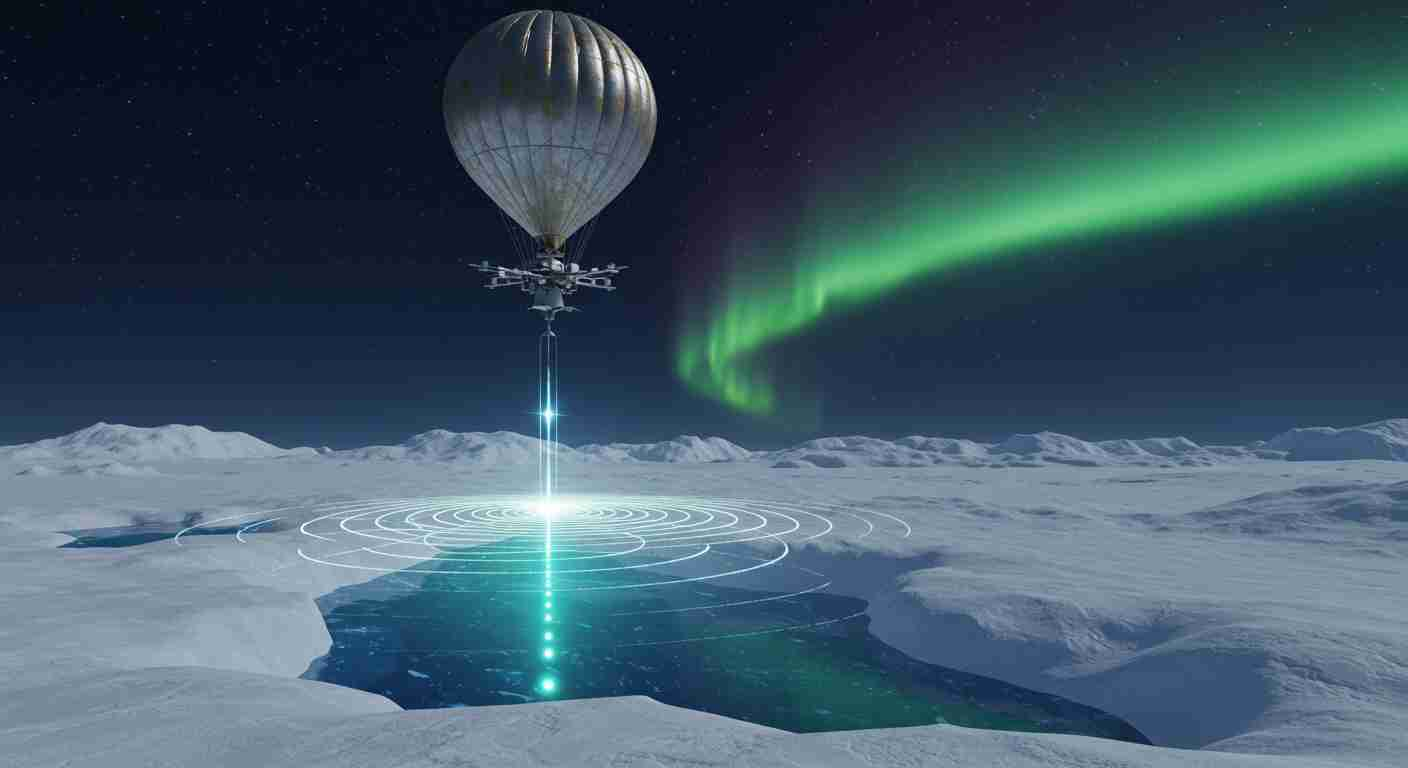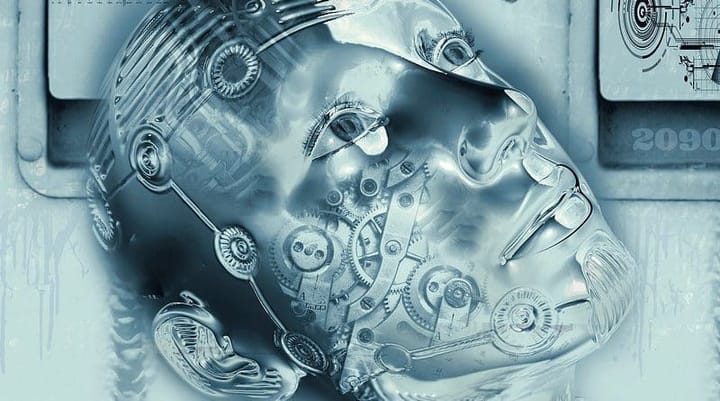Scientists Detect Mysterious Radio Waves Beneath Antarctica’s Ice And No One Knows What They Are

Scientists from Penn State are using special detectors attached to balloons to study cosmic rays in Antarctica. These detectors listen for radio waves created when particles from space hit the Earth. But during their research, the scientists picked up some strange signals coming from under the ice—something they weren’t expecting.
According to a statement about the discovery, these “bizarre signals” don’t match what scientists currently know about particle physics. They might be signs of unknown particles or unknown ways particles behave.
“It’s an interesting problem because we still don’t actually have an explanation for what those anomalies are,” said Stephanie Wissel, a physics and astronomy professor at Penn State and the lead author of the study.
The team was originally looking for neutrinos—tiny, invisible particles with almost no mass that pass through matter without interacting. Neutrinos are made in extreme places like stars and exploding supernovas. Even though there are tons of them in the universe, they’re almost impossible to detect.
“You have a billion neutrinos passing through your thumbnail at any moment, but neutrinos don’t really interact,” Wissel explained. “So, this is the double-edged sword problem. If we detect them, it means they have traveled all this way without interacting with anything else."
To avoid noise and interference, scientists often place neutrino detectors in remote areas. One of these experiments is called ANITA (Antarctic Impulsive Transient Antenna). Unlike other detectors placed deep underground, ANITA uses antennas on a balloon to search for signs of neutrino collisions in the ice.
“We have these radio antennas on a balloon that flies 40 kilometers above the ice in Antarctica,” Wissel said. “We point our antennas down at the ice and look for neutrinos that interact in the ice, producing radio emissions that we can then sense on our detectors.”
During one of these balloon flights, the team recorded unusual radio signals. But instead of seeing the signals coming up from neutrino activity, they found the radio waves coming up from deep under the ice.
“The radio waves that we detected were at really steep angles, like 30 degrees below the surface of the ice,” said Wissel.
This was confusing because, based on their calculations, those signals would have had to pass through thousands of kilometers of solid rock to reach the balloon. Normally, the rock would absorb the signals and stop them from reaching the detector.
The team ran lots of calculations and compared the data to computer models to figure out if the signals could be explained by normal cosmic rays or known particle events. They filtered out background noise and ruled out all known sources.
Even after all this, the signals didn’t match anything they expected. Wissel said the results suggest that “they’re most likely not representing neutrinos,” Wissel said.
To double-check, they compared their findings to other research from the IceCube Experiment and the Pierre Auger Observatory. These projects didn’t see anything similar, so the team labeled their findings as “anomalous.”
“My guess is that some interesting radio propagation effect occurs near ice and also near the horizon that I don’t fully understand, but we certainly explored several of those, and we haven’t been able to find any of those yet either,” Wissel said. “So, right now, it’s one of these long-standing mysteries.”
Because the signals don’t fit what scientists expect from known particles, some people think it could be signs of dark matter or even a brand-new kind of particle.
Wissel said other experiments, like those from the IceCube and Auger projects, might help “narrow possibilities.” Her team is also building a new and better detector called PUEO to help solve the mystery.
“I’m excited that when we fly PUEO, we’ll have better sensitivity,” she said. “In principle, we should pick up more anomalies, and maybe we’ll actually understand what they are.”
“We also might detect neutrinos,” Wissel added, “which would in some ways be a lot more exciting.”
The researchers published their results in the journal https://journals.aps.org/prl/abstract/10.1103/PhysRevLett.134.121003



